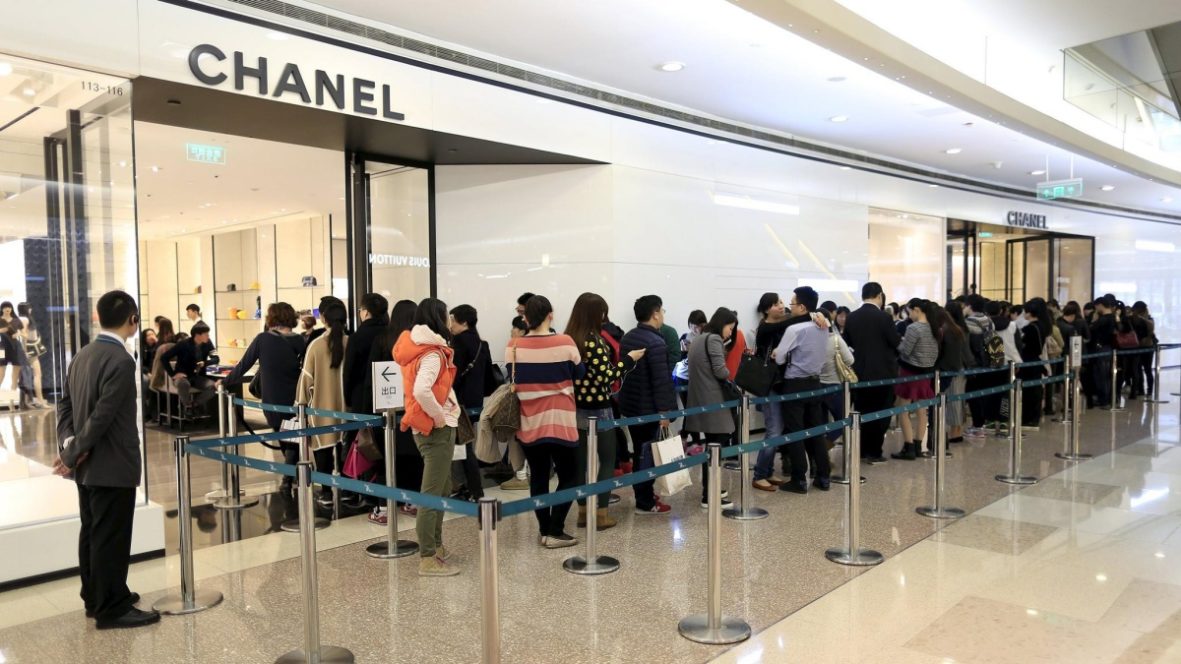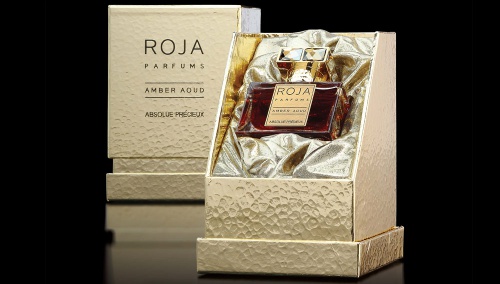
The belief that in the past people did not dream about having luxury goods and products made by “known brands” is certainly mistaken. The wealthy often boasted about having fabrics imported from India, perfumes from France, or suits sewn by the best tailors. All kinds of such luxuries were, however, reserved only for the richest social groups. These days, even the wider public is able to enjoy such “little pleasures”. What is the cause behind that? Is our society indeed gaining wealth at a pace that matches the growth of the luxury goods market or have we simply become vainer and more wasteful?
The psychological effects and the hidden value
Several years ago, clothes with those three characteristic stripes or cars made by Western brands were the symbols of luxury and a reason for jealousy. Today, such goods are already available to a much broader group of consumers, yet, using products or services provided by known brands still affects the well-being of consumers to a significant degree. Additionally, a factor that is connected with the increase in self-esteem is the fact that a given brand is often associated with specific values – usually the type of values that the consumer admires.
Well-known luxury brands
The premium products market has such a broad range today that it could easily be divided into many different subcategories. This is best evidenced by the fact that most luxury products and services have certain minimal acceptable prices, but at the same time, there is practically no upper price limit for them. Wines could serve as an example in this case. It is beyond doubt that a reasonable upper price limit for this type of luxury products does not really exist. The right logo, packaging, history behind the brand, place of origin, the year of production, as well as the production process and many other aspects – to the buyer, each of them may represent a unique kind of value that can only be measured by the amount of money that they are willing to pay for the product.
Of course, “higher-end” products are still unavailable to a typical consumer who only earns the national average. The fact remains, however, that the average consumers are able to afford premium brand products increasingly often.
Luxury is slowly becoming a standard.
On one hand, the ever-growing need among consumers to belong to higher social groups, as well as the constant aspiration to increase their standard of living, both significantly affect the increase in luxury product sales. On the other, the growing earnings, the release of premium product lines priced similarly to the standard equivalents as well as the release of cheaper products by well-known brands make it increasingly easier to experience a bit of luxury. An example of the trends mentioned above may be, for instance, the sale of Versace perfumes or Wittchen bags in stores such as “Lidl”.
The luxury cosmetics market
The total value of the luxury products market in Poland is steadily increasing. In 2018, this specific industry was worth around PLN 24 billion and has observed a 13% increase in comparison to the previous year. A similar trend exists on the cosmetics market, where the average growth rate for 2018-2023 was expected, until recently, to reach 6.2%, but after the success of 2018, it seems that the actual growth rate may be much higher.
Despite its rapid development, the Polish luxury cosmetics market is still 17 times smaller than the French market. However, this is a reason to remain optimistic, as Polish consumers will certainly strive to attain the same level of life as the one in the Western countries. This, in turn, may accelerate the development of the premium market even further.
“The Polish luxury cosmetics and perfume markets are still several times smaller in comparison to the Western European markets, nonetheless, they have been growing steadily for many years. If we look at the forecasts from several years ago, this increase exceeds the forecasts. The growing number of prosperous Poles will drive the demand for this as well as other categories of luxury products.“ – said the Head of the Communication Department of Dr Irena Eris brand, Joanna Łodygowska, in an interview with wirtualnekosmetyki.pl portal regarding the current market situation.
Will the trend of luxury goods lead to the demise of cheap perfume brands?
Along with the expansion of the luxury products market, including the perfume market, there were many doubts regarding the future of other segments of the fragrance market itself. Eurotrend International has even carried out a study to assess the impact of the growth of the luxury perfume market on the mass market of these types of products. For example, due to the increase in wealth among US citizens as well as the increased demand for luxury products, the sales of cheap perfumes to mass customers in America have reduced by half since 2000.
The fashionbiznes.pl portal states that rich customers spare no expense on perfumes, as they want their fragrance of choice to be unique. At the same time, the less affluent consumers still buy the products of the same luxury brands, albeit cheaper ones. As such, customers are evidently less likely to choose cheaper perfume brands…
Powrót do listy artykułów











